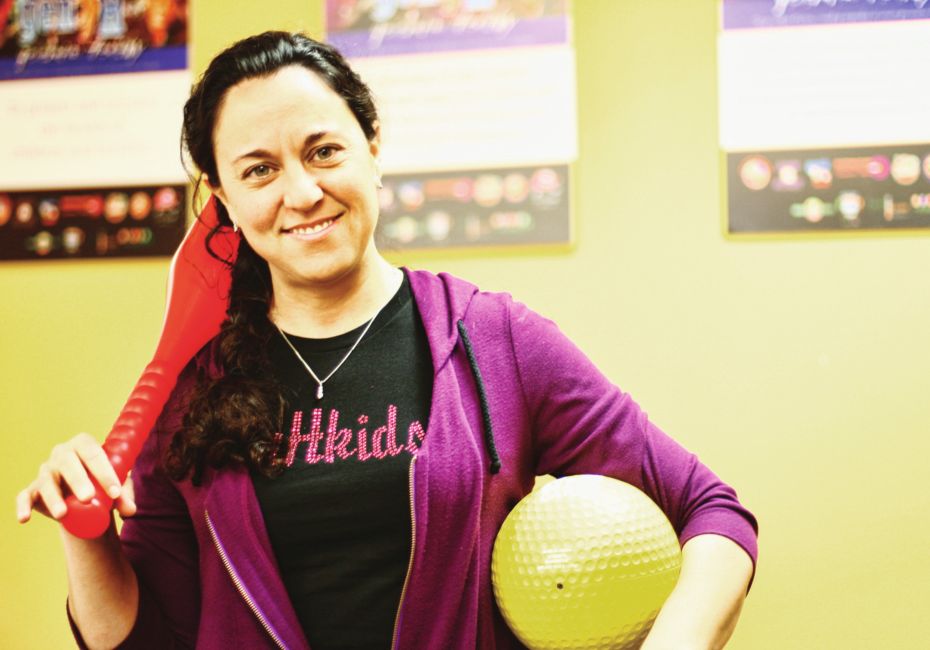
The innovators
Leading Springfield to a future of health and fitness
HEALTH | Patrick Yeagle
Dr. Kemia Sarraf:
genHkids Coalition
 As kids grow and develop, caring parents try to fill their brains with the best art, morals and ideals to mold them into the best person possible. So why would parents fill their children’s bellies with junk food? Dr. Kemia Sarraf, president and founder of the genHkids Coalition, is seeking to change all that by teaching kids, their parents, their educators and anyone else who will listen about the importance of a healthy lifestyle. GenH operates by the motto “Eat real; move more,” which is a simple way of teaching kids and their handlers to be physically active and consume actual food instead of nutrientpoor garbage.
As kids grow and develop, caring parents try to fill their brains with the best art, morals and ideals to mold them into the best person possible. So why would parents fill their children’s bellies with junk food? Dr. Kemia Sarraf, president and founder of the genHkids Coalition, is seeking to change all that by teaching kids, their parents, their educators and anyone else who will listen about the importance of a healthy lifestyle. GenH operates by the motto “Eat real; move more,” which is a simple way of teaching kids and their handlers to be physically active and consume actual food instead of nutrientpoor garbage.
“When you look at health trends in this nation over the past 30 to 40 years, we’ve gone from a population that had less than 10 percent obesity to a population that now, in adults, has 60 to 70 percent overweight and obesity,” Sarraf said.
“That’s an enormous change. When you look at us as a society, what has changed most drastically as a society is the types of foods we eat.”
GenH has several programs aimed at getting their message to kids, including foot races, a community garden, and even teaching school cooks how to prepare delicious food from scratch. Sarraf and her staff went into the kindergarten-througheighth-grade Ball-Chatham Community Schools and turned their cooks into true chefs. Each day, the chefs prepare real food from scratch for around 3,100 kids, and Sarraf says the district probably hasn’t had to spend much extra – if any – because of good planning, bulk buying and other methods of keeping costs down.
“It has been an extraordinary change,” said Betsy Schroeder, the district spokeswoman. “We have no intention to go back to the heat-and-serve type of meal.”
GenH also runs workshops teaching parents how to do the same thing at home, along with seminars for educators who want to integrate healthy activities into their classroom routines.
Sarraf says teaching kids about healthy living will have a profound effect in the future when those children become the next policymakers. She likens it to the seatbelt initiatives of the 1970s that got seatbelts enshrined into law and made today’s 30-somethings wear seatbelts at higher rates than their elders.
“It may take 20 years to work, but what happens is we grow up with that message in our brain,” she said. “They become a part of our subconscious as well as our conscious lives, and if there’s a proven health benefit behind them, when we become the ones in power, we change the policy. It’s a slow way to do it, but it really does work.”